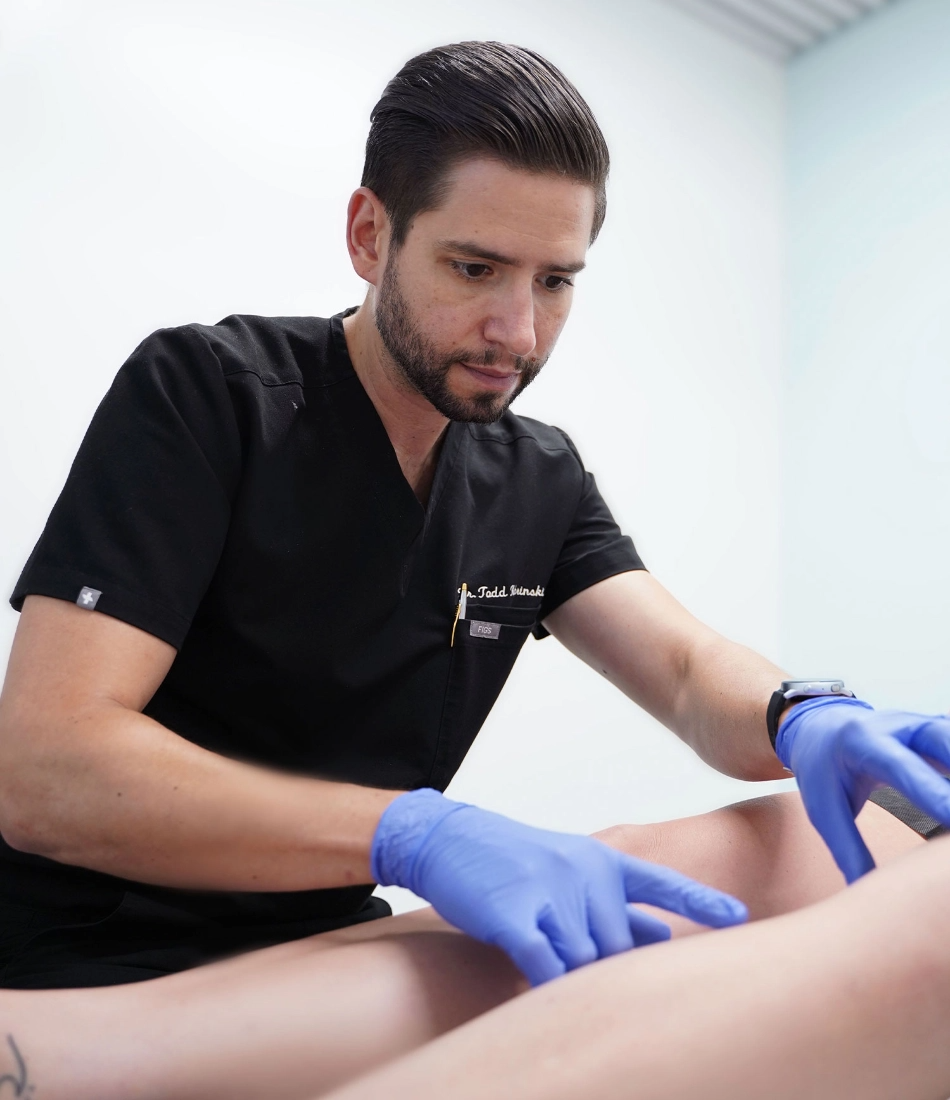
What is the Most Effective Treatment for Varicose Veins?
Varicose veins are a common vascular condition characterized by swollen, twisted veins that often appear blue or dark purple on the legs. While they may not always cause pain or discomfort, they can lead to complications if left untreated. Seeking what is the treatment for varicose veins for varicose veins offers several advantages:
Relief from Symptoms:
One of the primary benefits of treatment is relief from the symptoms associated with varicose veins. These symptoms may include pain, swelling, heaviness, and aching in the legs. By addressing the underlying cause of the condition, treatment can alleviate these discomforts and improve overall quality of life.
Prevention of Complications:
Untreated varicose veins can lead to more serious complications such as skin ulcers, blood clots, and chronic venous insufficiency. Seeking treatment early can help prevent these complications from occurring, reducing the risk of long-term health issues and improving vascular health.
Improved Appearance:
Varicose veins can be unsightly and may cause self-consciousness or embarrassment, especially when wearing clothing that exposes the legs. Treatment can improve the appearance of the legs by reducing the prominence of the veins and restoring smoother, healthier-looking skin.
Enhanced Circulation:
Varicose veins disrupt normal blood flow in the legs, which can lead to discomfort and swelling. Treatment helps restore proper circulation by eliminating or reducing the presence of varicose veins, allowing blood to flow more efficiently and reducing symptoms such as swelling and leg fatigue.
Types of Treatment for Varicose Veins
Several treatment options are available for varicose veins, ranging from conservative measures to minimally invasive procedures. The choice of treatment depends on the severity of the condition and the individual’s overall health. Some common treatments include:
Compression Therapy:
Compression stockings or socks are often recommended as a first-line treatment for varicose veins. These specially designed garments apply pressure to the legs, helping to improve circulation and reduce swelling and discomfort. Compression therapy is non-invasive and can be effective for managing mild to moderate varicose veins.
Sclerotherapy:
Sclerotherapy is a minimally invasive procedure that involves injecting a sclerosing agent directly into the affected veins. This causes the veins to collapse and eventually fade from view. Sclerotherapy is particularly effective for smaller varicose veins and spider veins and is performed on an outpatient basis with little to no downtime.
Endovenous Ablation Therapy:
Endovenous ablation therapy is a minimally invasive procedure that uses heat or laser energy to seal off varicose veins. This treatment is typically performed under local anesthesia and involves inserting a thin catheter into the affected vein, where heat or laser energy is applied to close the vein. Endovenous ablation therapy is highly effective for larger varicose veins and offers rapid recovery times.
Surgical Vein Stripping:
In cases of severe varicose veins or when other treatments have been unsuccessful, surgical vein stripping may be recommended. This procedure involves surgically removing the affected vein through small incisions in the skin. While more invasive than other treatments, surgical vein stripping can provide long-term relief for persistent varicose veins.
Choosing the Right Treatment Option
When considering treatment for varicose veins, it’s essential to consult with a qualified healthcare provider who can evaluate your condition and recommend the most appropriate treatment option. Factors such as the severity of your varicose veins, your overall health, and your treatment goals will all influence the decision-making process.
Additionally, it’s essential to weigh the potential benefits and risks of each treatment option and discuss any concerns or questions you may have with your healthcare provider. By working together, you can develop a personalized treatment plan that addresses your unique needs and helps you achieve optimal vascular health.
In conclusion, seeking treatment for varicose veins offers numerous advantages, including relief from symptoms, prevention of complications, and improved appearance. With a variety of treatment options available, ranging from conservative measures to minimally invasive procedures, individuals can find relief from varicose veins and improve their overall quality of life. By consulting with a healthcare provider and exploring the available treatment options, individuals can take proactive steps towards better vascular health and wellbeing.





Leave Your Comment